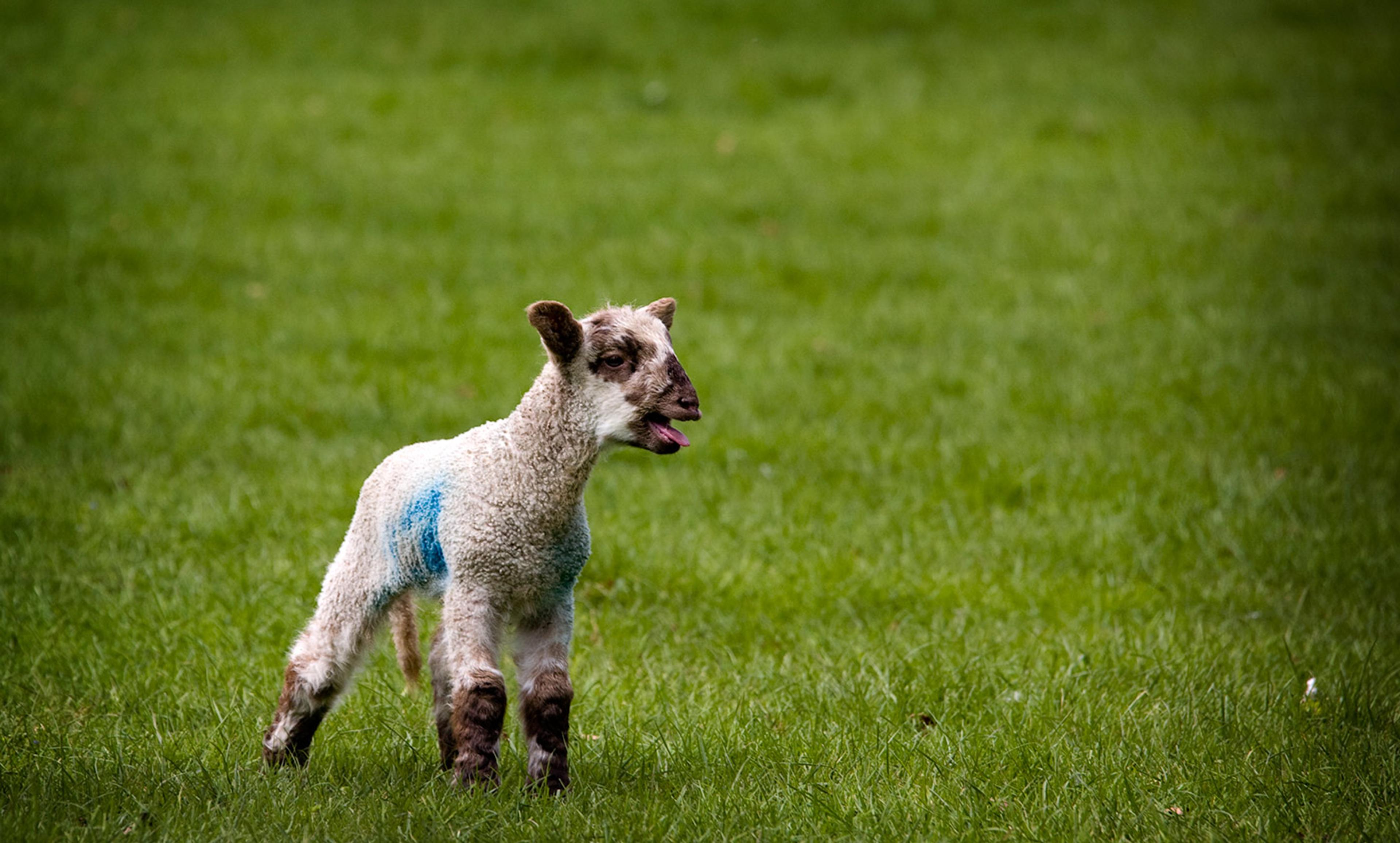Photo by Jlhopgood/Flickr
If you watch kids at a local playground, sooner or later one of them will run around and fall face-first to the ground. For a moment, there’s likely to be silence. Then the child will look around, catch a glimpse of their parent, and finally burst into a deafening wail. The sequence of this child’s cry is no accident: it is a signal. The parent looks up from their book and immediately rushes over to coo and console. Without using a word, the child has managed to attract the attention of someone who can alleviate their pain.
Why does pain exist? It’s ubiquitous in human life, yet its biological function is more curious. Pain is different from pure nociception, the process of being able to detect and move away from a toxic stimulus. But pain doesn’t simply register in our awareness as a marker or sign of things we should avoid out in the world. It is an experience in itself, something that we subjectively feel.
Our internal feelings of pain exist as part of an external social world through expression. We readily accept our human ability to communicate our feelings non-verbally and we know there are useful outcomes, like comfort, in doing so. But when it comes to the way non-human animals suffer, scientists have been surprisingly reluctant to consider that it’s anything more than a mere byproduct of being hurt. To look at the purpose of pain as a kind of signalling between animals raises the spectre of anthropomorphisation.
Yet there’s plenty of evidence that the non-human urge to display pain has profound and intrinsic communicative value. Take the cries of lambs or rat pups, which will fetch their mothers to groom and lick them. Or the way squeaking and writhing mice will draw a cagemate close. That attention and comfort minimises how bad or stressful an injury feels, a phenomenon known as social buffering. Lambs undergoing a painful procedure with their mother or twin sibling nearby appear to be less agitated than lambs left on their own; mice experience something similar.
Not that broadcasting pain always elicits a caring response. Rats sometimes run away from images of pained rat faces, potentially because seeing pain is too distressing for them. Similarly, lambs have been known to headbutt their pained peers, perhaps to stop them from drawing unwanted attention from predators.
That’s the drawback to showing you’re hurting: the signs that attract friends can also draw foes. More subtle expressions of pain, like facial expressions, could be a way around this conundrum. Grimacing gets the message across to those close by, without being immediately obvious to a predator lurking in the bushes. Indeed, many of the animals that show pain on their face, like rabbits, mice or sheep, are vulnerable prey animals.
But why do animals pay attention to others in pain? The simplest reason is that the behaviour is so abnormal that it commands a reaction; it’s a simple stimulus that stands out against the backdrop of the day to day. The other, more plausible explanation is that there’s some utility in paying attention to another’s pain. Just as animals look to the physical environment for information about the location of food or threats, paying attention to the social environment lets them gather information about immediate, past and future scenarios.
For example, if an animal injures itself by falling in a hole, other animals can learn to avoid that hazard without falling prey to it themselves. They infer potential danger from the other’s expression of discomfort. A number of animals learn from watching their peers suffering, including rhesus monkeys, zebrafish, ground squirrels and prairie dogs. Some need only witness pain once in order to learn from it.
So why the resistance to seeing non-human suffering as a kind of communication? In part, it’s a hangover from René Descartes’s belief in the split between mind and body, within which animals were not accorded a mind. There’s also the fact that other animals’ experience of the world is profoundly different to ours. We know the meaning of our friend’s pained looks, because we’ve suffered ourselves and know what it looks like. But animal pain is more alien to us, so it’s harder to put ourselves in their shoes.
A third reason lies in our failure to grasp the mechanisms and possible mental states behind non-human responses. We know some species are capable of motivationally driven behaviour, and that this has to do with sensory, emotional memory and learning areas of the brain. But the extent to which animals are thoughtfully evaluating a situation and making decisions is unclear.
Pain behaviour has long been explained in evolutionary or adaptive terms as a way for an animal to escape, heal, and therefore survive. The unpleasant, emotional experience serves as an alarm, signalling to the creature to stop what it’s doing and remove itself from the situation. Particular behaviours, such as licking or rubbing, can reduce unpleasant sensations by interfering with pain signals sent to the brain, enough so that the animal can will itself to escape. Once safe, lying down or guarding the injured area can prevent further damage or avoid destroying newly-restored tissue. If an animal learns to associate that negative experience with a particular place, event or stimulus, then actually feeling hurt can help them avoid dangerous situations in the future.
If pain has evolved to be communicative, you’d expect social animals to show pain more than solitary ones, because they have someone to communicate with. You might also expect natural selection to favour behaviour that’s honest, rather than manipulative, since showing pain risks revealing yourself as weak to predators.
These ideas remain to be fully tested. None of the potential adaptive explanations for pain behaviour are mutually exclusive; it’s simply that scientists haven’t properly considered the communication theory. Taking pain seriously as a kind of social signal means truly throwing off the Cartesian thinking of old – looking at animals as more than little black boxes, responding to inputs into their biological circuitry.






